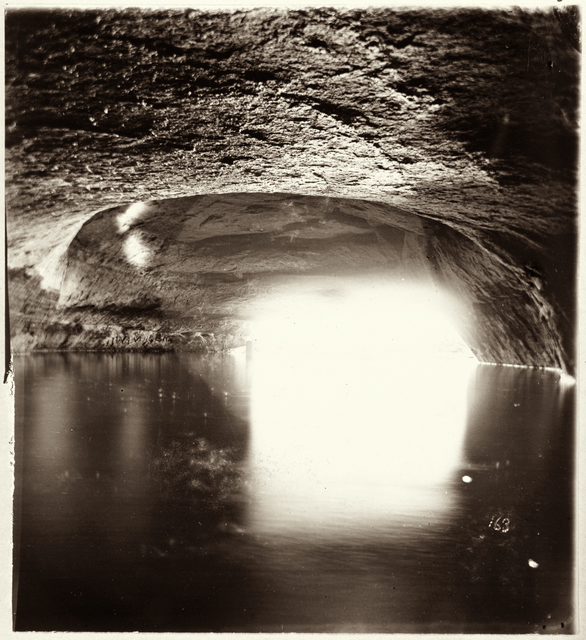Julie Jo Severson had a uniquely therapeutic way to get through the post-COVID blues: she wrote a book about exploring the Twin Cities. Severson, a journalist and author living in Plymouth, has long been a keen observer of local history, prying stories out of interviewees and crafting Minnesota narratives.
“It was a dream scenario for any writer, the ideal time for a book,” Severson said. “Many of us are feeling a loss of community these days, and it was good for the soul to learn about places that transcend generations.”
Her new book, “Oldest Twin Cities,” is a fun guidebook to the Twin Cities’ quirky history. Composed of almost a hundred short chapters, the book is perfect for thumbing through on a coffee table or local coffee shop. It’s also a handy permission slip to get out of the house and explore.
“2020 was quite a year, especially in the Twin Cities, with COVID and the murder of George Floyd,” Severson said. “This has been a therapeutic process that’s helped me develop a deeper sense of place, and a feeling of connectedness to the region. I’m someone who thinks that matters.”
The pandemic also put many of the Twin Cities’ oldest institutions — also often the most marginal — in jeopardy. With the turn to online shopping and the closing of every restaurant and bar in the state, it was not a given that these historic gems would survive.
“This was a challenging time to write about [these] places, because I was writing while some of them were still closed,” Severson said. “I had to have the belief and hope that some of them would reopen, and I was checking constantly to find out which ones reopened and which ones didn’t.”
Thankfully only one of the chapter subjects — Mickey’s Diner — is still in limbo, and the rest of the businesses have re-opened. The resulting book offers an entry into odd nooks and crannies of the city, places that might break you out of your routines. The chapters titles say it all: “Oldest Nicollet Mall Art,” “Oldest Theater Space,” “Oldest Roundhouse,” “Oldest Cemetery.”
The best thing is that Severson does not take herself too seriously. The book is great fun. Chapters “Oldest Washburn-Fair Oaks Mansion” point to her general approach to the guide. She aims to get people to chuckle and embrace curiosity.
“Who knew that Minnesota is home to the oldest magic store in North America, and oldest savu sauna in North America?” Severson asked.
(A savu sauna is an ancient type of sauna that does not have a chimney. The oldest one in Minnesota is located in Cokato, 50 miles west of Minneapolis.)
Touring Eagle Magic store in Burnsville, Severson even got to sit at the same desk that Houdini once occupied, during his visit to the store in 1918. Once located in downtown Minneapolis, it has since moved to its Minnesota River suburb. The legacy lives on. As Severson describes it, stepping into the store is like connecting with a lost age of mystery.

This claim might rankle the denizens of St. Paul’s Spot Bar, which also claims some “oldest bar” provenance, but this is splitting hairs. Both saloons are ripe with 19th century atmosphere and, after all, if you don’t have a good dispute about claims to ancient glory, is it even local history?
Thankfully, there are also plenty of chapters that point to the state’s far longer pre-settlement history.

The Winchell Trail, an ancient path along the Mississippi through Minneapolis, once used by the Dakota people, was another particular favorite of mine. Severson calls it a “full-immersion escape in the heart of the city,” and gives tips on the best places to access the river path. Walking along the Twin Cities two rivers offers one of our greatest assets, hidden in plain sight.
In addition to the outdoors and park spaces, there are chapters about legendary the history of the Bryant-Lake Bowl, St. Paul’s Midway Books, the Seward Community Co-op, Pilgrim Baptist Church, the Monte Carlo restaurant, Jax Café, and dozens of other local landmarks.
The end result reminds me of a choose-your-own adventure story: Combine the guide in any number of ways to take you on outings around the region. Anyone looking for a list of places for an out-of-town guest visiting from someplace historic – New England or England, England – could do far worse.

“I like to say Oldest Twin Cities is old-world history meets modern-day relevance,” Severson said. “I don’t think of myself as a local expert or a local historian, I’m just somebody who’s extremely curious.”


0 Commentaires